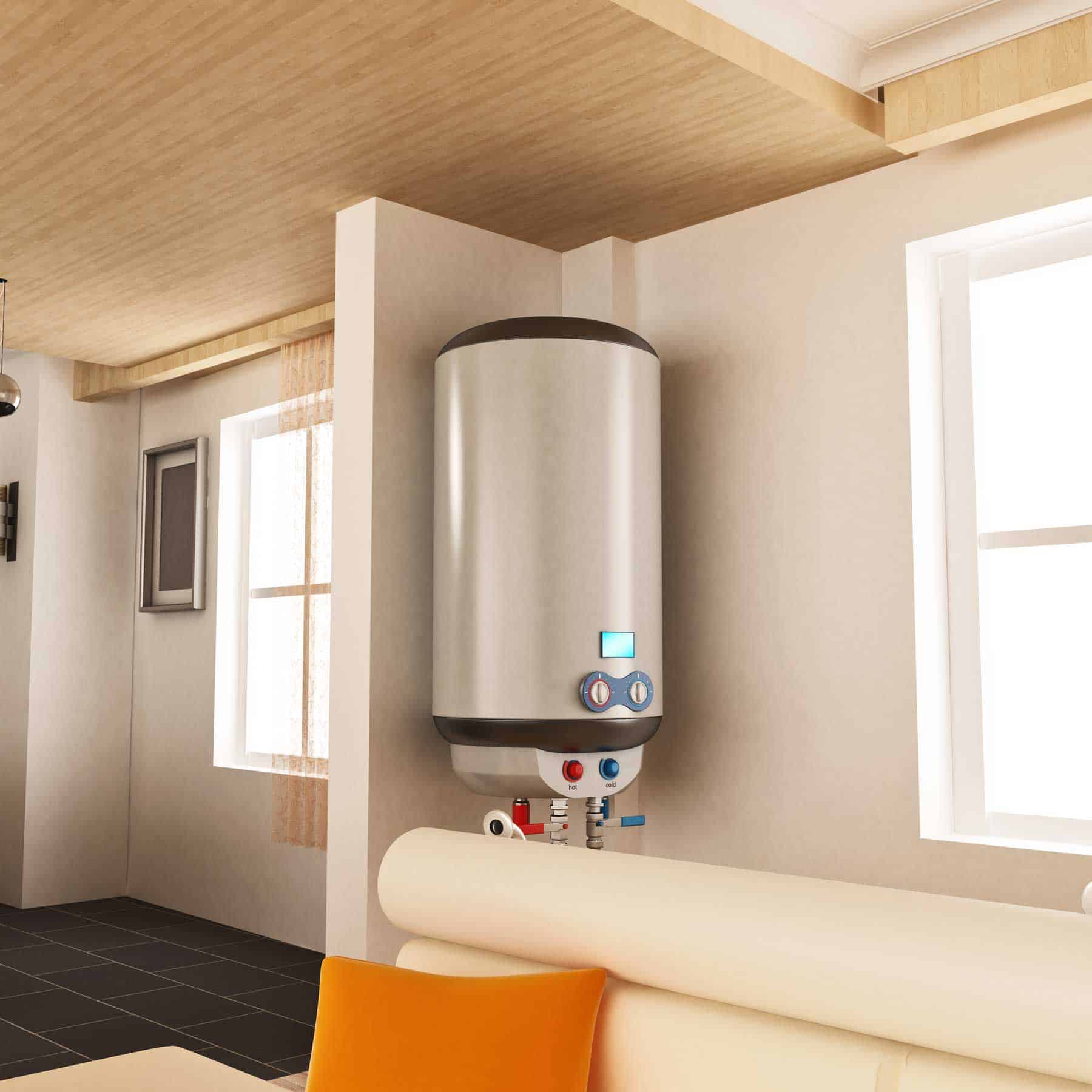Effective Strategies for Maintaining Your Home's Hot Water SystemEssential Maintenance Strategies for Your Home's Hot Water System
Effective Strategies for Maintaining Your Home's Hot Water SystemEssential Maintenance Strategies for Your Home's Hot Water System
Blog Article
The publisher is making a number of good pointers relating to Tips For Maintaining Your Hot Water Heater as a whole in this great article underneath.

Warm water is necessary for everyday comfort, whether it's for a rejuvenating shower or cleaning meals. To ensure your hot water system runs effectively and lasts longer, routine maintenance is essential. This article provides practical ideas and understandings on how to maintain your home's hot water system to avoid disturbances and pricey fixings.
Introduction
Preserving your home's hot water system might appear overwhelming, however with a few easy steps, you can ensure it operates smoothly for years to find. This overview covers whatever from recognizing your warm water system to do it yourself maintenance suggestions and knowing when to call in specialist assistance.
Significance of Maintaining Your Hot Water System
Normal upkeep not only extends the life expectancy of your warm water system but also guarantees it runs efficiently. Disregarding upkeep can result in decreased performance, higher energy costs, and even premature failing of the system.
Indications Your Hot Water System Demands Maintenance
Recognizing when your hot water system requires interest can prevent major issues. Keep an eye out for indications such as inconsistent water temperature level, odd noises from the heating system, or rustic water.
Understanding Your Warm Water System
Before diving right into maintenance tasks, it's helpful to recognize the fundamental components of your warm water system. Generally, this consists of the water heater itself, pipelines, anode rods, and temperature level controls.
Regular Monthly Upkeep Tasks
Routine monthly checks can assist catch small issues prior to they intensify.
Flushing the Hot Water Heater
Purging your water heater gets rid of sediment build-up, improving performance and prolonging its life.
Monitoring and Replacing Anode Rods
Anode poles prevent deterioration inside the tank. Checking and changing them when worn out is vital.
Examining and Readjusting Temperature Setups
Adjusting the temperature setups guarantees ideal efficiency and safety.
Do It Yourself Tips for Upkeep
You can carry out numerous maintenance tasks on your own to keep your warm water system in top problem.
Checking for Leakages
Routinely examine pipelines and links for leaks, as these can cause water damages and higher expenses.
Examining Pressure Relief Valves
Checking the stress relief valve ensures it operates correctly and avoids extreme stress buildup.
Protecting Pipelines
Shielding hot water pipes minimizes warmth loss and can save energy.
When to Call an Expert
While do it yourself upkeep is beneficial, some problems need specialist proficiency.
Complicated Problems Calling For Specialist Help
Examples include major leakages, electrical issues, or if your hot water heater is continually underperforming.
Routine Professional Maintenance Advantages
Specialist upkeep can consist of thorough evaluations, tune-ups, and ensuring conformity with safety standards.
Conclusion
Regular maintenance of your home's hot water system is important for efficiency, longevity, and cost savings. By following these suggestions and understanding when to seek expert assistance, you can guarantee a reputable supply of hot water without unexpected disruptions.
Water Heater Maintenance Tips
Test the TPR Valve
Shut off the power and the cold-water supply valve. Place a bucket under the pipe connected to the temperature-pressure-release (TPR) valve on the top or side of the tank. (This valve opens if the tank pressure gets too high.) Lift the valve’s tab to let some water out, then let go. If water keeps flowing, drain the tank partway, unscrew the old valve with a pipe wrench, and install a new one. Check the Anode Rod
Put a hose to the tank’s drain cock and let out a few gallons of water. Now fit a 1 1/16-inch socket onto the rod’s hex head on top of the heater (or under its top plate) and unscrew the rod. If it’s less than ½ inch thick or coated with calcium, buy a new one, wrap its threads with Teflon tape, put it back in the tank, and tighten securely. Use this segmented rod if headroom above the tank is limited. Drain the Tank and Wash Out Sediment
Drain the remaining water in the tank into the bucket, then stir up the sediment on the tank’s bottom by briefly opening the cold-water supply valve. Drain and repeat until clean water comes out of the hose. Close the drain cock, refill the tank, and turn its power back on. Adjust the Temperature
Find the temperature dial on the side of the tank and unscrew its cover. Adjust the dial to 120 degrees using a flathead screwdriver. For every 10 degrees the temperature is lowered, you can expect to save up to 5 percent in energy costs. Turn the water heater off or the thermostat down to its lowest setting if you plan to be away from home for more than three days. Insulate the Pipes
Buy some self-sticking 3/8-inch-thick foam pipe insulation that matches the pipes’ diameter. Slide the foam over the hot-and cold-water pipes as far as you can reach. Insulating the cold-water pipe prevents condensation in summer. Peel the tape and squeeze the insulation closed. If the pipe is 6 inches or less from the flue, cover it with 1-inch-thick unfaced fiberglass pipe wrap. https://www.thisoldhouse.com/plumbing/21016402/how-to-maintain-a-water-heater
:max_bytes(150000):strip_icc()/tankless-hot-water-system-in-the-basement-of-a-green-technology-home-529577258-77afda16fd494c6899a78000888c3204.jpg)
Hopefully you liked our article on Tips For Maintaining Your Hot Water Heater. Thank you so much for finding the time to browse our posting. If you enjoyed reading our page kindly consider to share it. Thanks a bunch for your time. Kindly come visit our blog back soon.
Click Here Report this page